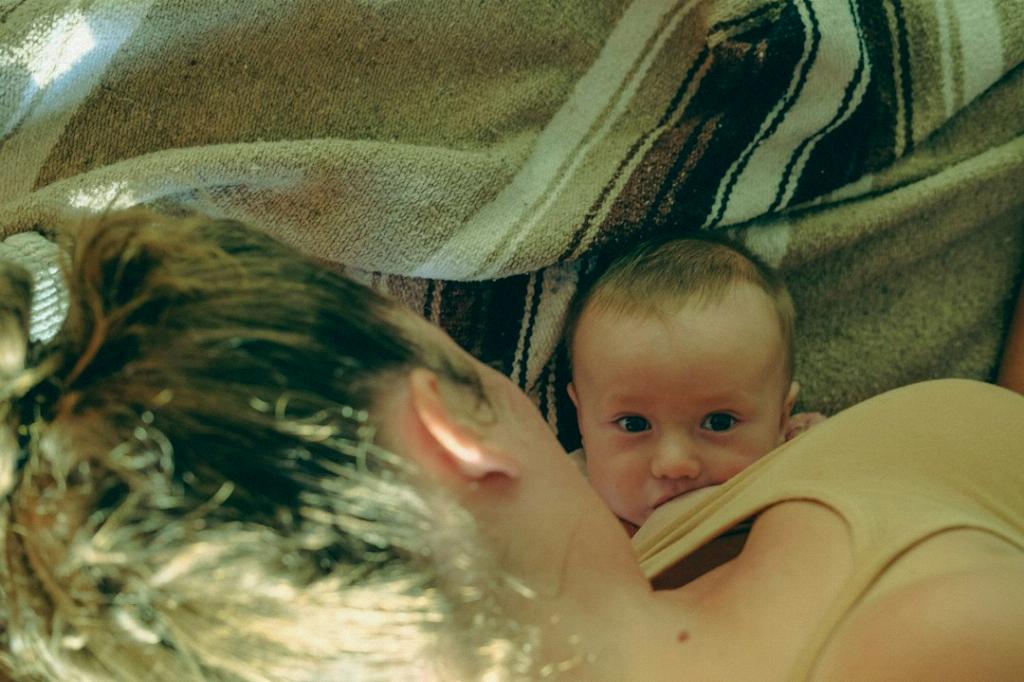When it comes to the topic of breastfeeding, experts emphasize the importance of this natural practice for the health and well-being of children. WHO’s recommendation to breastfeed for at least 2 years stems from the numerous benefits that breastmilk provides to infants and toddlers.
Nutritional Value of Breastmilk
Breastmilk is not only a source of nourishment; it is packed with essential nutrients that support a child’s growth and development. In the first two years of life, when a child’s nutritional needs are high, breastmilk is a vital source of energy, protein, and other key nutrients.
Energy Needs of Infants
During the initial stages of life, infants have high energy requirements to support their rapid growth and development. Breastmilk serves as a significant contributor towards meeting these energy needs, especially in the crucial period between 6 and 24 months of age.
Role of Breastmilk in Child Nutrition
WHO recognizes breastmilk as a fundamental component of a child’s diet, contributing to their overall nutritional intake. Given its nutrient-rich composition, breastmilk plays a pivotal role in supporting healthy growth and immune function in infants and young children.
Immune System Support
One of the key benefits of breastfeeding is the immune-boosting properties of breastmilk. By providing essential antibodies and nutrients, breastfeeding helps strengthen a child’s immune system, reducing the risk of infections and enhancing their resilience to illness.
Bonding and Emotional Connection
Breastfeeding is not just a means of nourishment; it also fosters a deep emotional bond between mother and child. The act of breastfeeding promotes feelings of security, comfort, and closeness, establishing a strong emotional connection that is beneficial for both the child and the mother.
Promoting Optimal Growth and Development
By recommending breastfeeding for 2 years, WHO aims to support optimal growth and development in children. The unique combination of nutrients in breastmilk promotes brain development, cognitive function, and overall physical growth, laying a foundation for future health and well-being.
Long-Term Health Benefits
Research has shown that breastfeeding can have lasting positive effects on a child’s health and wellness. By breastfeeding for 2 years or more, mothers can lower the risk of their child developing chronic conditions such as obesity, diabetes, and cardiovascular disease later in life.
Promoting Maternal Health
Aside from the benefits to the child, breastfeeding also offers advantages to mothers. The act of breastfeeding stimulates uterine contractions, aiding in postpartum recovery, and can reduce the risk of certain health conditions, such as breast and ovarian cancer.
Societal and Environmental Impact
WHO’s recommendation to breastfeed for 2 years aligns with broader societal and environmental goals. Breastfeeding promotes sustainable nutrition practices, reduces healthcare costs, and supports a healthier population, contributing to a more sustainable future for communities worldwide.
Cultural and Emotional Aspects
It is essential to consider the cultural and emotional significance of breastfeeding in various communities. Breastfeeding for 2 years reflects cultural traditions, promotes maternal-infant bonding, and honors the deeply-rooted connection between mother and child that transcends nutritional benefits.
Educational Awareness and Support
By emphasizing the importance of breastfeeding for 2 years, WHO seeks to raise awareness and provide support for mothers to make informed choices about their child’s nutrition. Educating families about the benefits of breastfeeding can empower them to make decisions that positively impact the health and well-being of their children.

